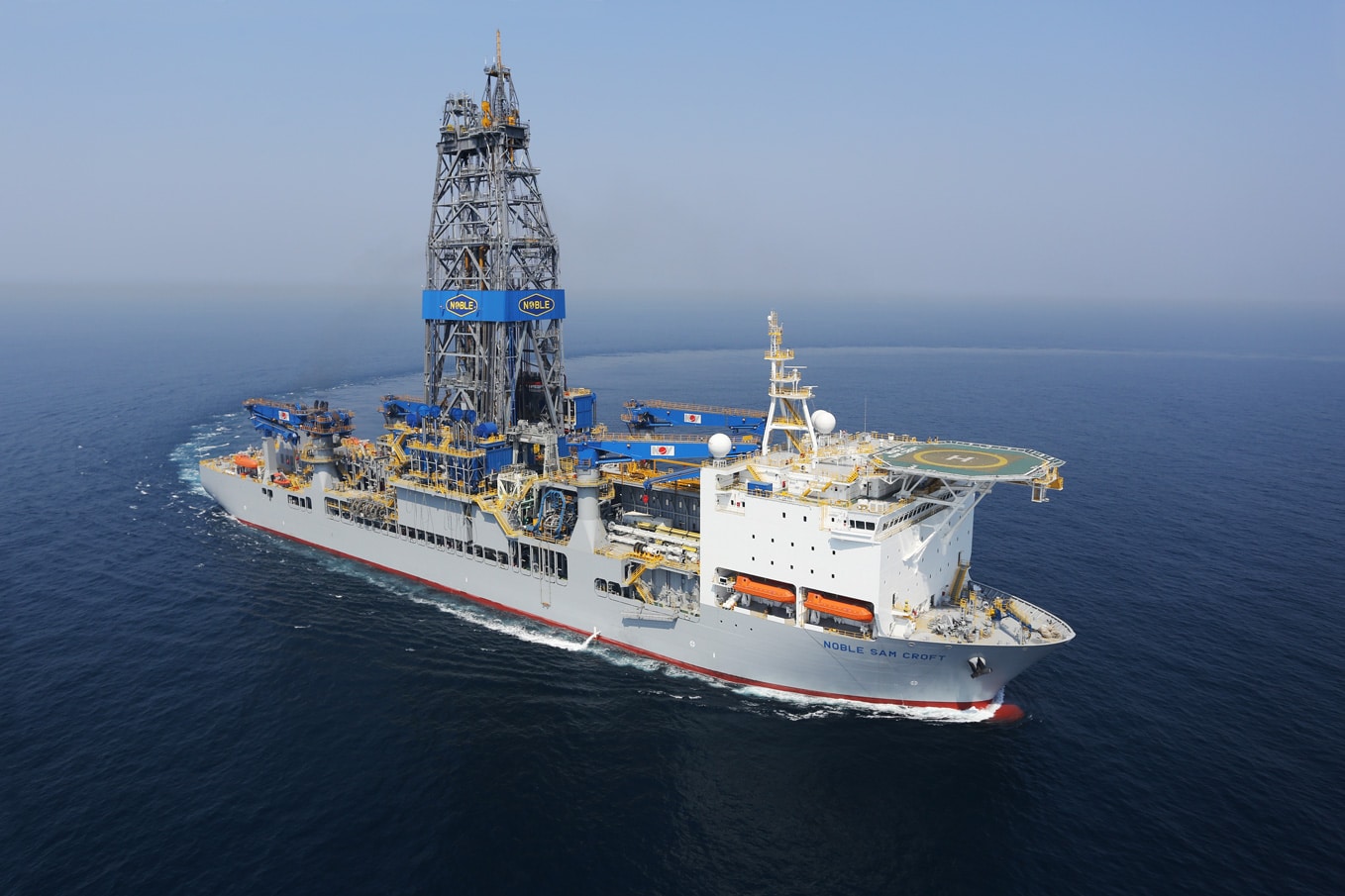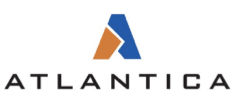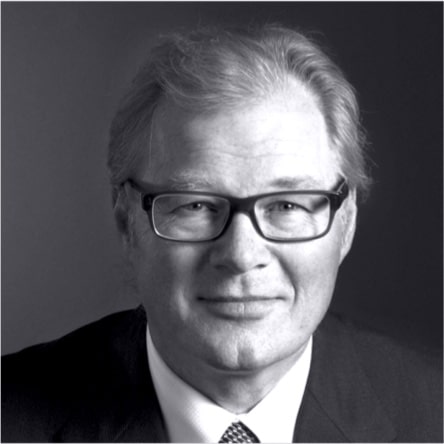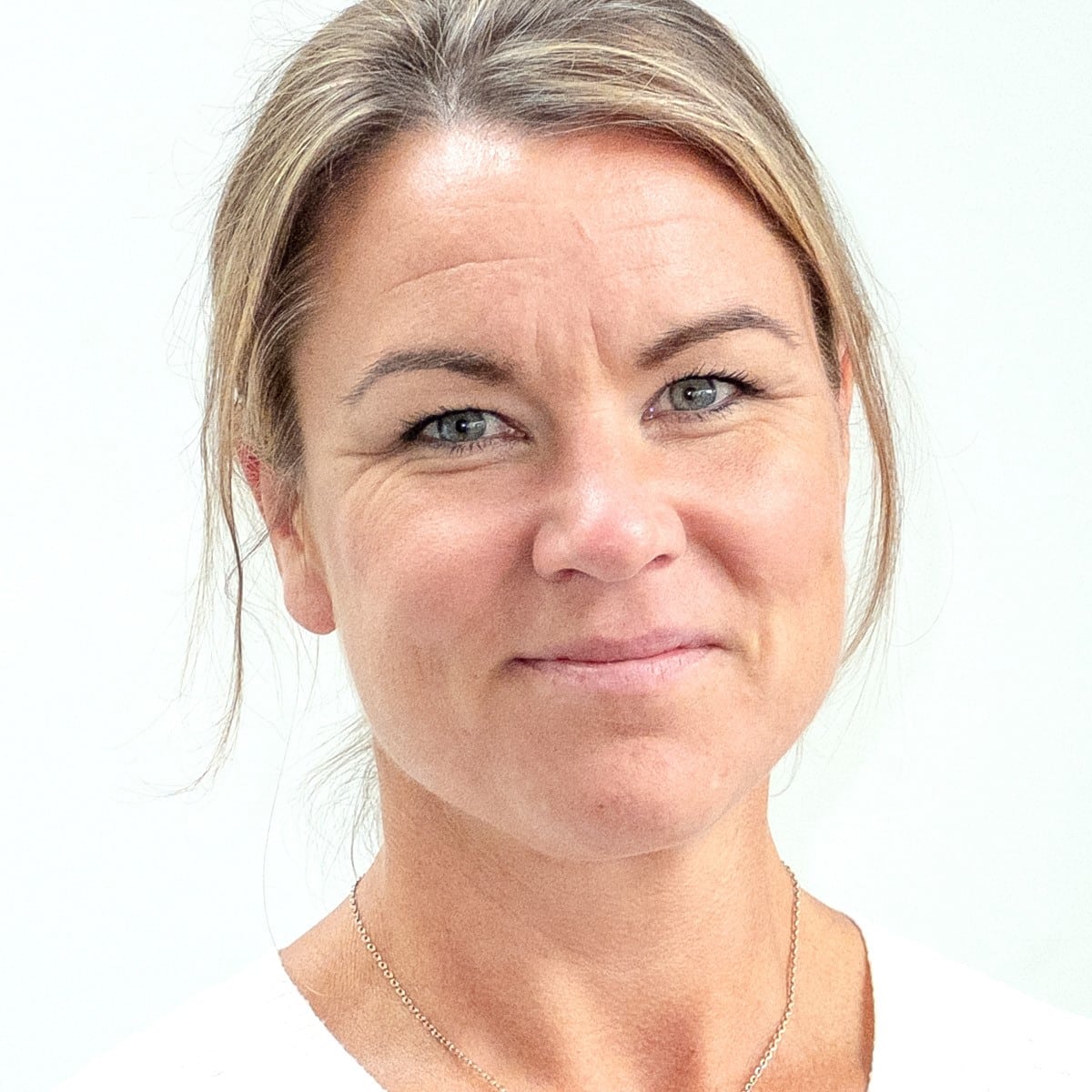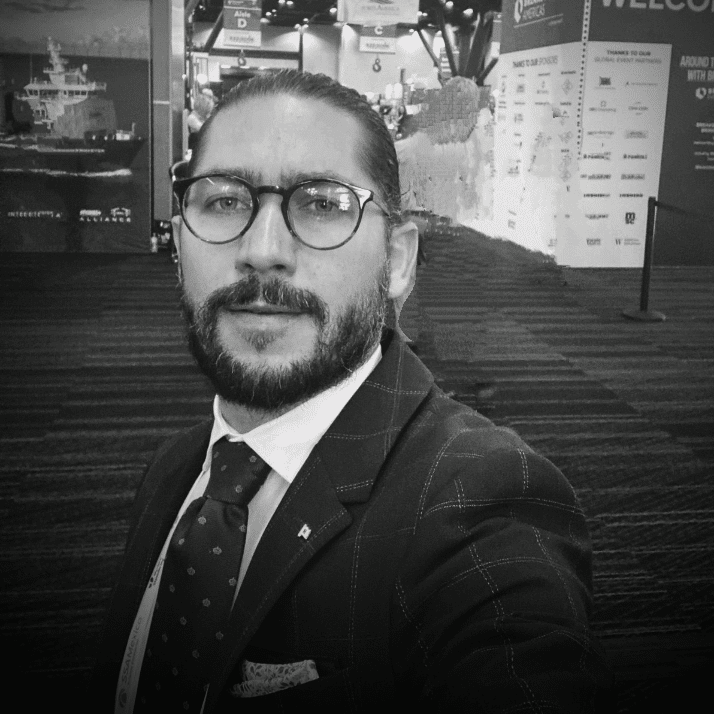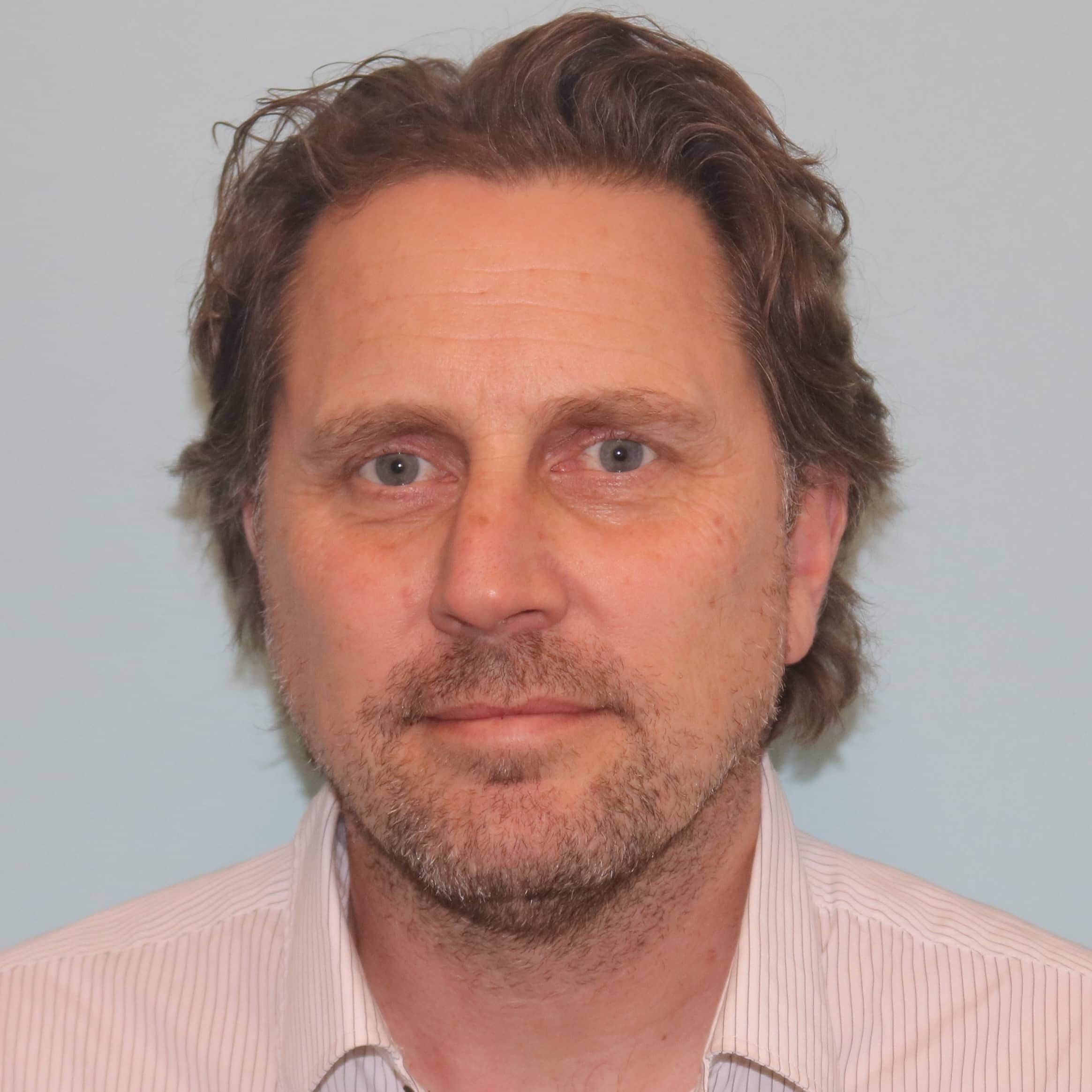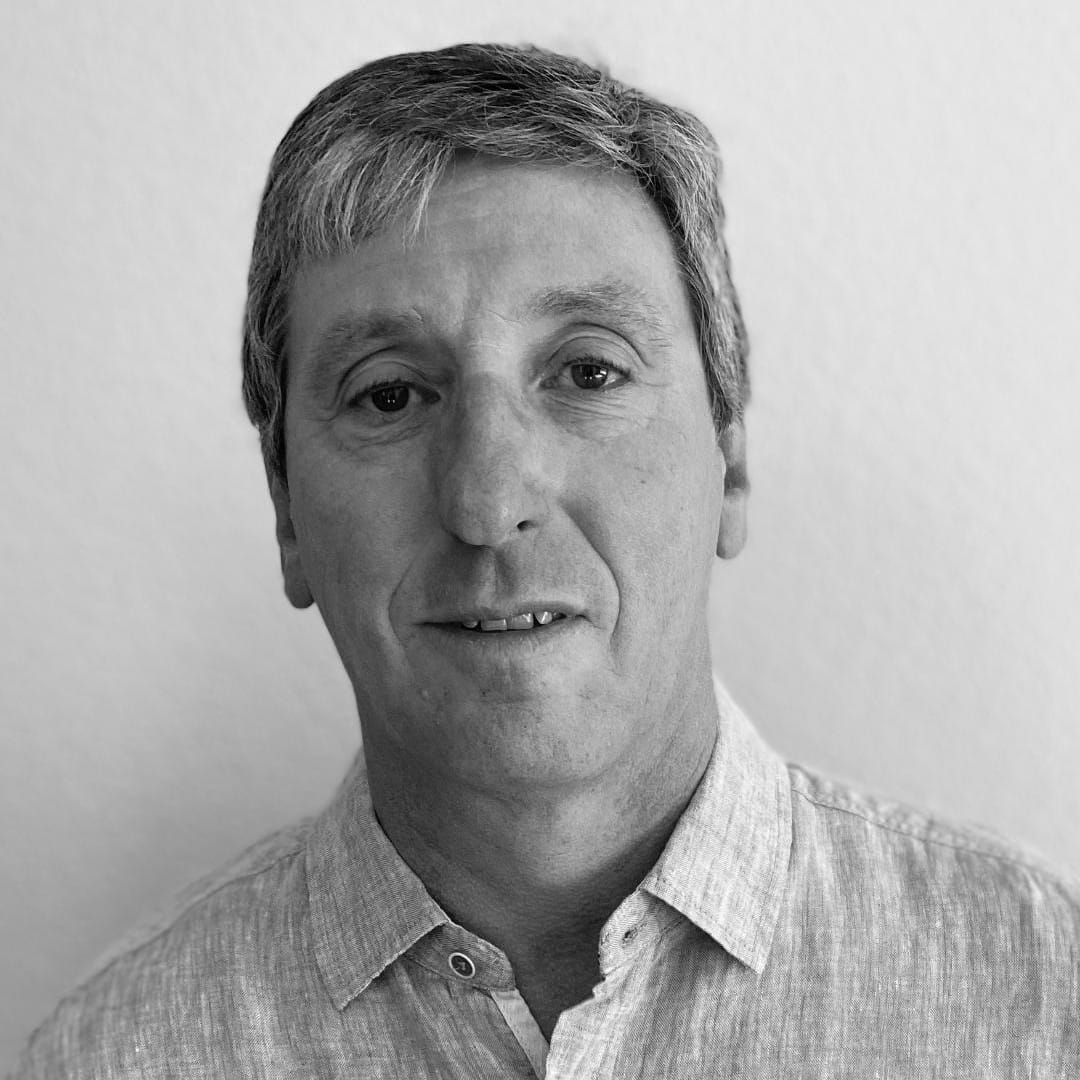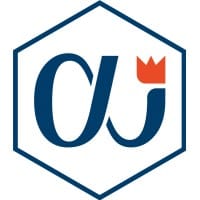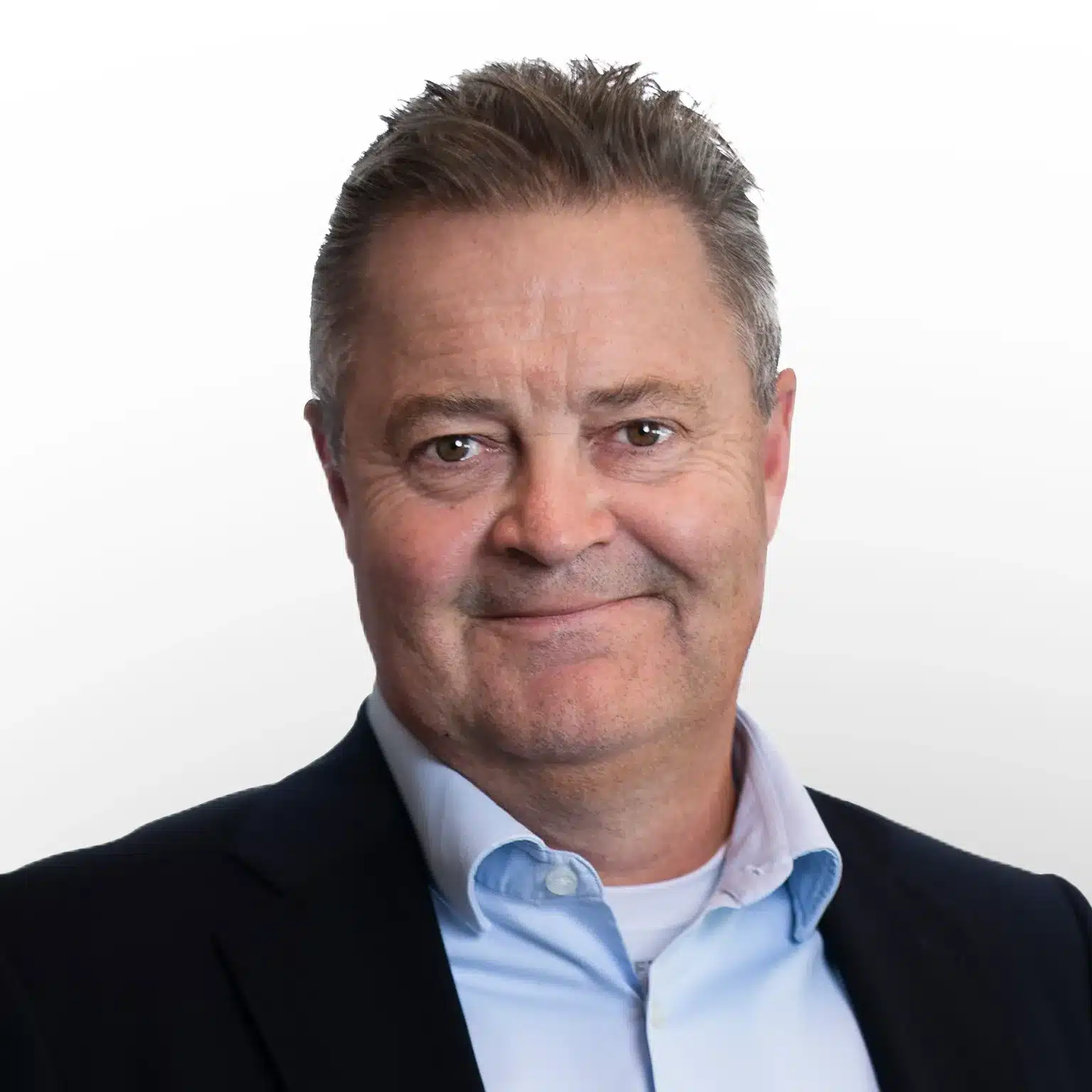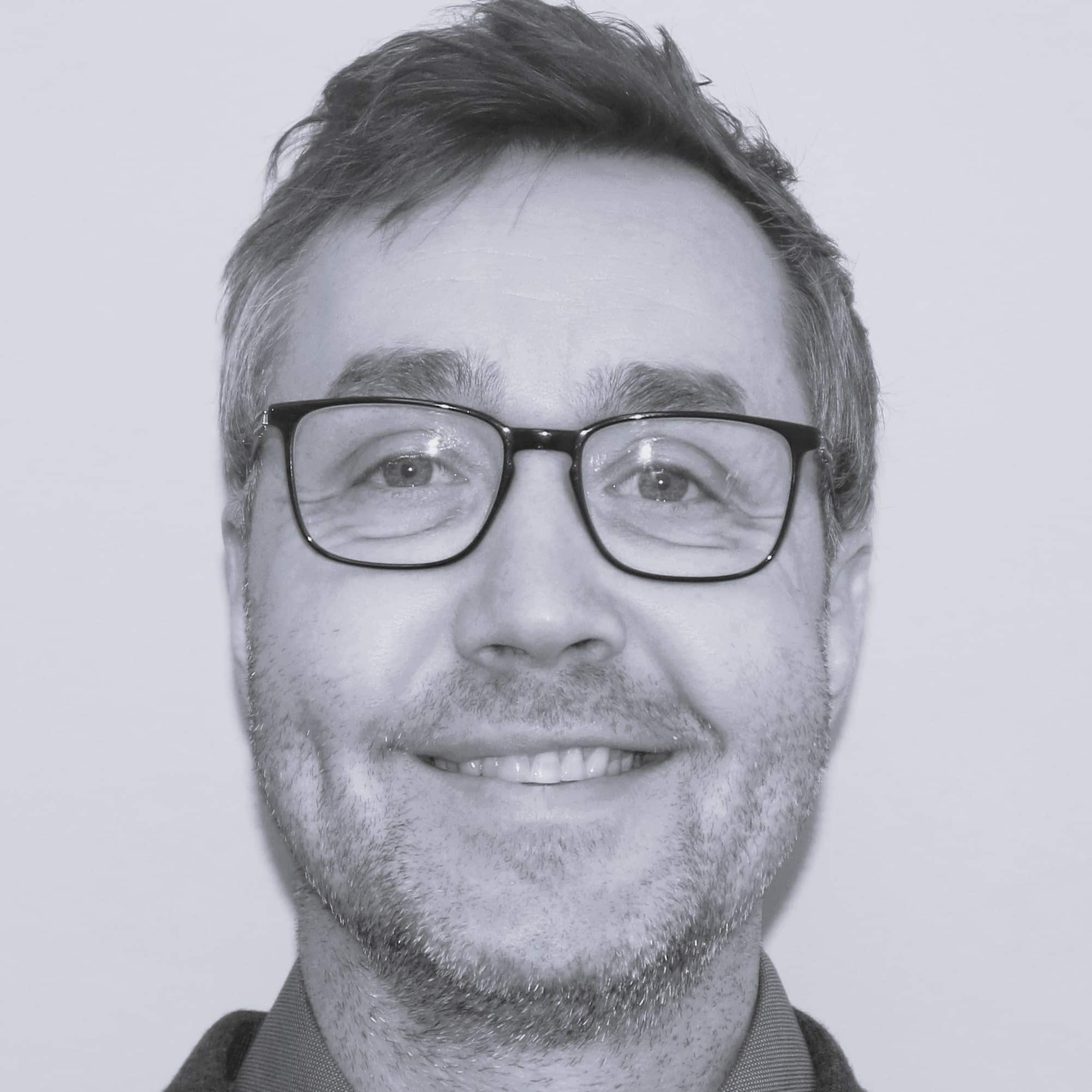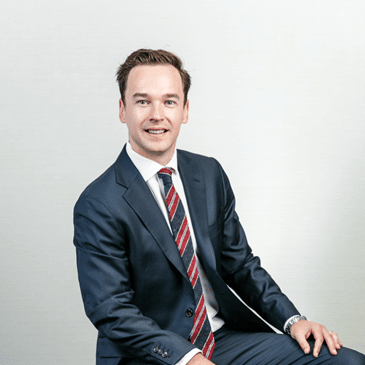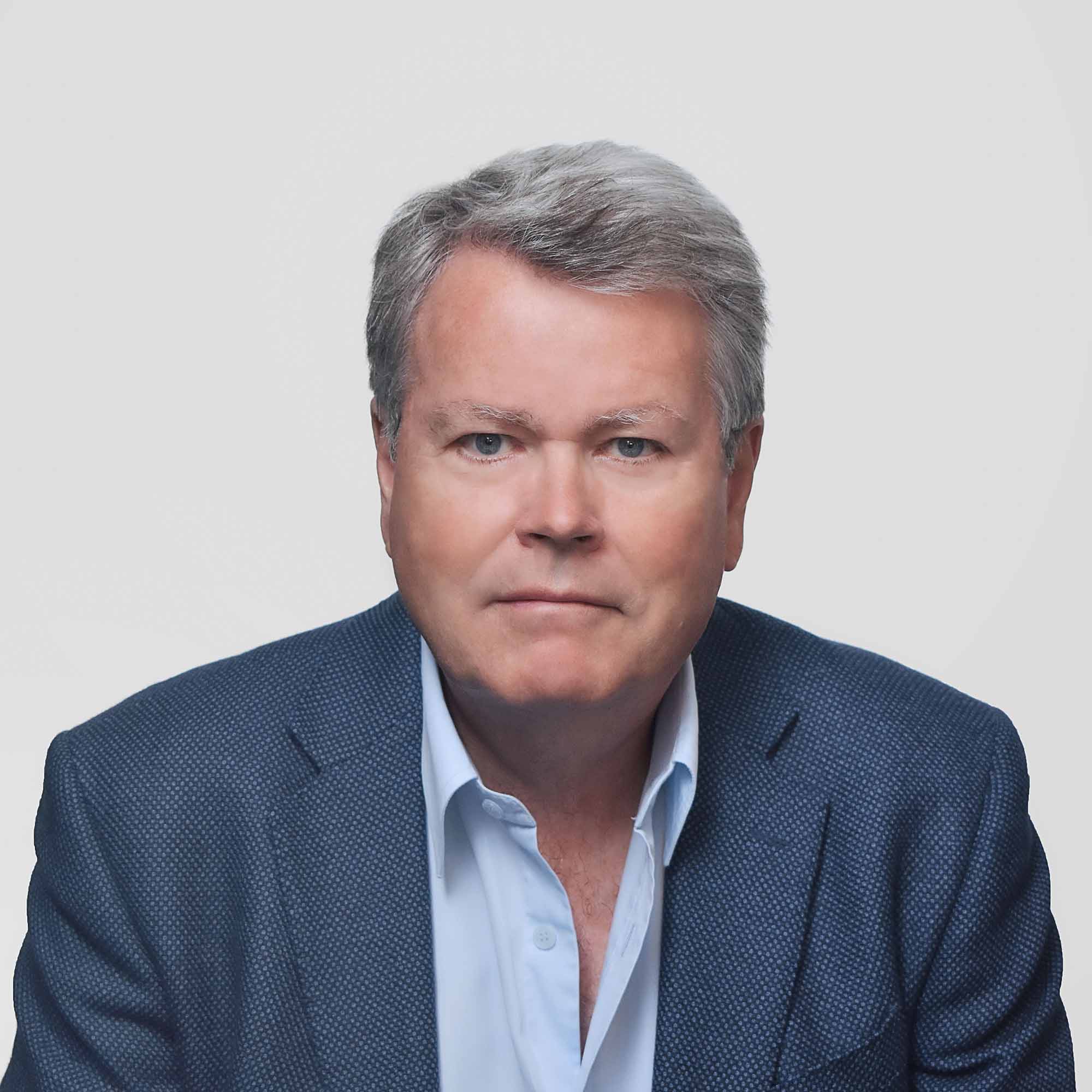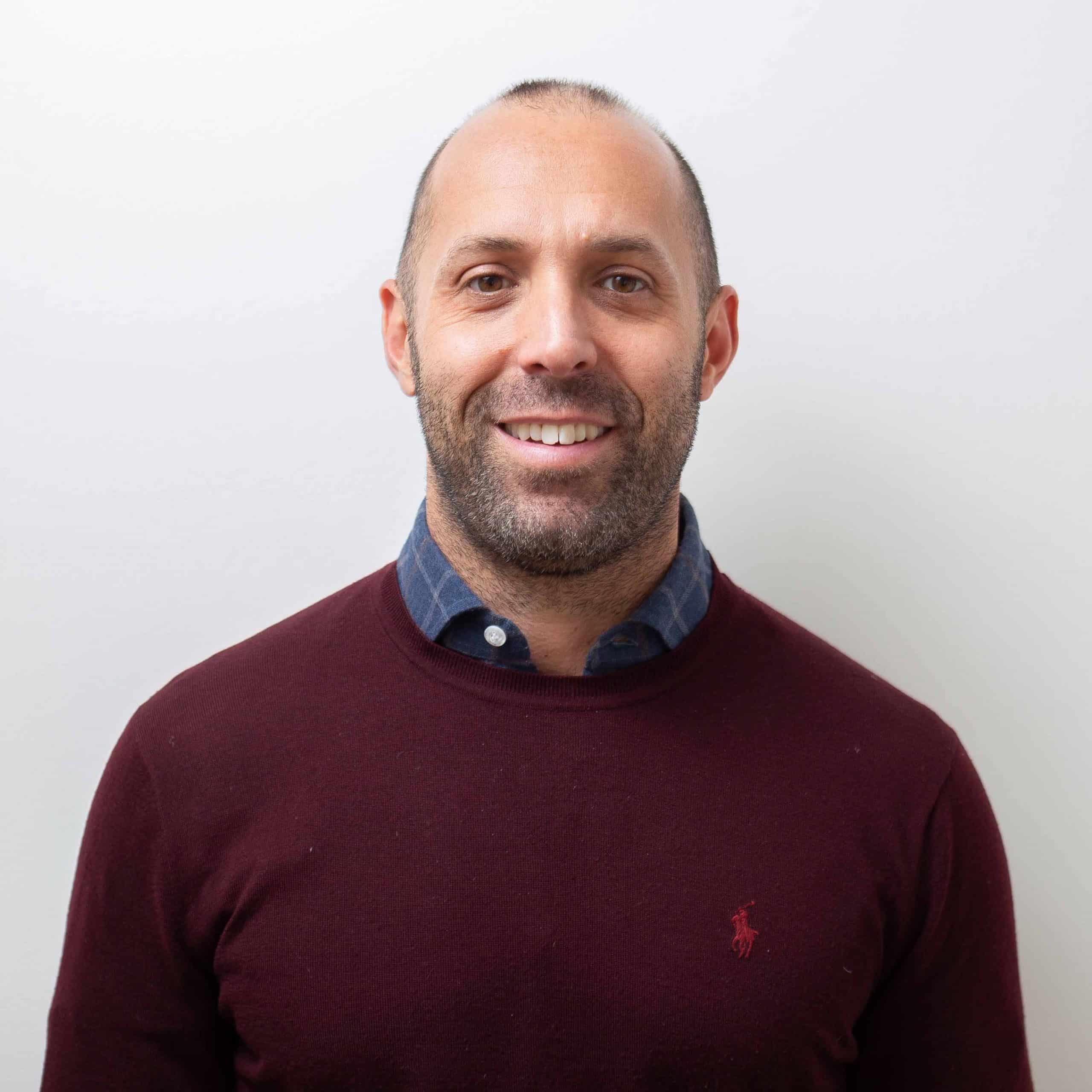A new drillship contract has been confirmed this week, and new drilling plans are coming to light in Guyana and Norway. Meanwhile, the UK's regulator has warned North Sea operators that they must take action on well decommissioning to support the UK’s supply chain and prevent costs from spiralling.
In case you missed it, you can access our previous Rig Market Roundup here.
Esgian Rig Analytics Story
The UK offshore drilling market has been characterised by uncertainty since the introduction of the EPL, also known as the windfall tax, in 2022. Following the general elections in the country and Labour’s landslide victory, the party’s stance on oil and gas will play a crucial role in shaping the sector’s future. Read the full story about how the UK’s rig count has changed over time and what other changes lie ahead here.
Contracts
ADES has secured a 10-year contract extension for 250-ft jackup Admarine 657 offshore Saudi Arabia, commencing immediately upon the expiration of its current contract term with Saudi Aramco in the third quarter of 2024. Total backlog for the 10-year contract is estimated at SAR 1,317 million (USD 351 million). The 1980-built Admarine 657 was acquired by ADES in June 2018 and began its current contract in the first quarter of 2019. The rig was previously owned by Nabors Industries and was named Nabors 657.
Market sources indicate that Arabian Drilling 250-ft jackup ArabDrill 80 has secured a one-year extension with Al Khafji. Following this extension, the expected availability of the rig is July 2025. ArabDrill 80 has worked for Al Khafji in the Persian Gulf for several years. This extension is in direct continuation of its current contract with Al Khafji for operations in the Persian Gulf.
Diamond Offshore has secured a contract with Beacon Offshore Energy subsidiary BOE Exploration & Production LLC for 12,000-ft drillship Ocean BlackRhino in the US GOM. The contract has a minimum duration of 180 days with a total value of around $89 million, excluding mobilisation and any additional services. The contract also includes two additional options. The rig is expected to begin work with BOE late in the first quarter or early in the second quarter of 2025. This marks the third contract lined up for Ocean BlackRhino, beyond its current contract with Woodside offshore Senegal which is expected to conclude in August 2024. Following the completion of work with Woodside, Ocean BlackRhino will move to Guinea-Bissau for a one-well contract with Apus Energy. The rig will then enter the yard for its five-year special periodic survey and to be upgraded with a managed pressure drilling system, estimated to take around 80 days. After the yard stay, Ocean BlackRhino is scheduled for a one-well, 30-day contract with Foxtrot offshore Cote d’Ivoire. The unit will then mobilise to the US GOM.
Drilling Activity and Discoveries
Petrogas E&P Netherlands achieved first gas production from the first well on the B10 platform in the Dutch North Sea on 6 July 2024. Petrogas’ partners are EBN B.V., Rockrose(NL) CS1 B.V., and TAQA Offshore B.V. This follows first production from the A15 platform in February as part of the Stage 2+ Project in the Dutch North Sea. The 350-ft jackup Noble Resolute will continue to drill and complete the remaining two wells at B10, which are due to be complete in August. The rig is firm in the Netherlands into Q2 2025.
ExxonMobil is drilling the Haimara-3 appraisal well on the Stabroek block offshore Guyana with Noble 12,000-ft drillship Noble Sam Croft. This well follows up ExxonMobil’s Haimara discovery, initially announced in February 2019 as the company’s 12th oil discovery on Stabroek. The Haimara- 1 well encountered around 207 feet of gas-condensate bearing sandstone reservoir. The Haimara-2 appraisal well was drilled from September to October 2023. Noble Sam Croft has been working for ExxonMobil offshore Guyana since 2021 and is currently contracted into Q2 2027. The rig was recently used to drill the Lau Lau-2 well.
Kuwait Oil Company (KOC) and its parent company, the state-owned Kuwait Petroleum Corporation (KPC), have announced the discovery of a large oil reserve at the Al-Nokhatha offshore field. KPC put the estimated total hydrocarbon reserves of light oil and gas at around 3.2 billion barrels of oil equivalent. In a statement to state news service Kuwait News Agency, KOC said that it had discovered “huge commercial quantities of light oil and associated gas” at the field, with preliminary estimates of 2.1 billion barrels of light oil and 5.1 trillion standard cubic feet of gas. Daily initial production from the Al-Nokhatha well is around 2,800 barrels of light oil and 7 million cubic meters of associated gas. KOC stated that the first phase of drilling at the field includes six exploration wells, with subsequent stages to be determined based on drilling results. The company will establish a development plan based on initial test results in order to commence production from the field at the earliest opportunity. KOC currently has two jackups working offshore Kuwait, the COSL-managed 400-ft jackups Oriental Dragon 1 and Oriental Phoenix.
Odfjell Drilling managed 10,000-ft semisubmersible Hercules is drilling the Sitka C-02 well on licence EL 1156 in the Flemish Pass offshore Newfoundland, Canada for Equinor. The exploration well was spud on 10 July 2024. Sitka C-02 follows up the Sitka O-02 well on the same licence, Equinor drilled the top hole of that well in 2020 with Transocean’s 10,000-ft semisub Transocean Barents, then re-entered the well in 2022 with the Hercules, then managed by Seadrill under the name West Hercules. Equinor ended those drilling operations early, citing operational challenges. Hercules secured a contract with Equinor in August 2023 for one firm well with one optional well available. The SFL Corporation owned unit relocated to Canada from West Africa for this contract. ExxonMobil is also currently drilling offshore Canada with Stena Drilling 10,000-ft drillship Stena DrillMAX, which spudded the Persephone C-54 well on 24 May 2024.
ExxonMobil has filed a project summary with the Environmental Protection Agency of Guyana for the Hammerhead development project on the Stabroek block. If the project, potentially ExxonMobil’s seventh development, is approved and determined to be feasible and economically viable, it could add 120,000 to 180,000 b/d production capacity. Production could begin in 2029. Hammerhead is located in the south central portion of the Stabroek block. Under its current plans, ExxonMobil would use drillships to drill 14 to 30 production and injection wells. Production would begin in the third quarter of 2029, with the wells connected to an FPSO. Under the preliminary project schedule, development drilling would take place from early 2027 into the first quarter of 2030. Although Hammerhead is a stand-alone project, the development plan is similar to ExxonMobil’s Liza Phase 1, Liza Phase 2, Payara, Yellowtail, Uara, and Whiptail developments on the same block. ExxonMobil submitted an application for environmental authorization for Hammerhead in late June 2024. In a statement to Esgian Rig Service at that time, ExxonMobil called this application the “first step in progressing project approvals as we continue to evaluate and define its potential scope.” ExxonMobil currently has five drillships working offshore Guyana, including the Stena Drilling 10,000-ft rig Stena Carron and Noble 12,000-ft rigs Noble Bob Douglas, Noble Tom Madden, Noble Sam Croft, and Noble Don Taylor. The four Noble units are already contracted into 2027 under a commercial enabling agreement that reprices dayrates on 1 March and 1 September of each year. Another Stena drillship, the 10,000-ft Stena DrillMAX, was working offshore Guyana earlier this year but moved to Canada to drill for ExxonMobil starting in May 2024.
The Norwegian Ocean Industry Authority (Havtil) has given Aker BP consent for exploration drilling in block 6506/6 in the Norwegian Sea. The well 6506/6-3 Praktærfugl is located in production licence 1008, which is operated by Aker BP with Wintershall Dea Norge participating as a partner. The water depth at the site is 396 meters. The well will be drilled with Saipem’s 10,000-ft semisubmersible Scarabeo 8. The rig is under a firm contract with the operator through 2025 with further options thereafter.
The Norwegian Ocean Industry Authority (Havtil) has granted Equinor consents for exploration drilling in the North Sea and the Norwegian Sea. The consent for the North Sea applies to drilling the 35/11-30 S Rhombi well, located in production licence 090. The consent also includes an option for drilling of sidetrack 35/11-30 A. The licence is operated by Equinor with Vår Energi and INPEX Idemitsu Norge as partners. The water depth at the site is 355 meters. The well will be drilled with Odfjell Drilling’s 10,000-ft semisubmersible Deepsea Atlantic. The rig is currently at a yard in Norway where it’s expected to undergo its SPS before starting a new contract with Equinor. Furthermore, Equinor has secured consent for exploration drilling in the Norwegian Sea, which includes the drilling of the 6608/10-R-2 H well, targeting the Løvmeis prospect. The well is located in production licence PL1013, which is operated by Equinor with PGNiG Upstream Norway and Petrolia NOCO as partners. The water depth at the site is 358 metres. This well will be drilled with Transocean’s 1,640-ft semisub Transocean Encourage. The rig is under firm contract through the first half of 2026.
Australian energy company Santos stated that its Barossa Gas Project offshore Australia remains on target to commence production in the third quarter of 2025, with the drilling of the third well in a six-well programme underway. Santos said that the project is 77% complete, with the pipelay for the gas export pipeline completed, all 16 modules installed on the FPSO and construction activity commencing on the Darwin pipeline duplication. Offshore commissioning of the FPSO is to commence in the first quarter of 2025. Santos is drilling the six wells for the Barossa project with Valaris 8,200-ft semisubmersible Valaris MS-1. The second well in this program has been drilled, cased and suspended above the reservoir. The third well in the program was spudded in May 2024 and drilling is still underway. In addition to the Barossa drilling, Santos is currently carrying out two P&A programs offshore Australia with Valaris 400-ft jackup Valaris 107 and Diamond Offshore 6,000-ft semisubmersible Ocean Apex.
Demand
QatarEnergy has signed an agreement with Chevron to acquire a 20% working interest in a production sharing contract for Block 5 in the west Shallow Offshore area offshore Suriname in water depths of around 98 to 148 ft (30 to 45 m). Chevron will remain the operator of the block and retain a 40% interest. Paradise Oil Company, an affiliate of Suriname national oil company Staatsolie, will hold 40% interest. Chevron acquired the operating interest in Block 5 in October 2021. In late 2021, Shell-owned KE Suriname B.V. farmed into the Block 5 licence for 20% but relinquished the interest in 2023. The licence is currently proceeding to its second exploration phase with a commitment to drill an exploration well.
Santos and its partners in the Dorado Phase 1 development offshore Australia expect to re-enter the Front End Engineering Design (FEED) stage of the project this year and make a final investment decision (FID) in 2025. Santos is the operator of Dorado with an 80% interest, while Carnarvon Energy has 10% and OPIC Australia Pty Ltd has 10%. Santos stated that the pre-FEED process for Dorado is progressing, and the project is expected to be FID ready in 2025. Carnarvon has said that the partners are looking at opportunities to optimise the production rate at the project, allowing them to reduce the size and capacity of the FPSO and other facilities needed and phase the timing of wells. This would reduce the overall capital expenditures for Phase 1 of the development. The partners are assessing FPSO options, including redeploying an existing FPSO or conversion of a hull. FEED re-entry is planned for later this year once an option has been chosen. The Dorado oil field on Western Australia’s North West Shelf was discovered in 2018, with appraisal drilling taking place in 2019.
Mobilisation/Rig Moves
Odfjell Drilling’s 6th generation 10,000-ft semisub, Deepsea Atlantic, has completed its contract with Equinor and is heading to a yard in Norway. After demobilising on Friday, 12 July, the rig is expected to arrive at the CCB Base in Ågotnes on Saturday, 13 July. Once there, it will undergo its special periodic survey (SPS). The scope contains multiple upgrades to the unit to prepare it for a planned deepwater campaign in the UK, including an increase of the variable deck load capacity and installation of a new ultra-deepwater BOP and control system. The upgrade is estimated to cost $50 million of which $20 million is funded by Equinor. Initially planned for April/May, the SPS was delayed due to work on the Johan Sverdrup field taking longer than originally anticipated. Following the completion of yard works, the rig is expected to return to Norwegian waters first to continue working for Equinor, with several wells lined up, including the Angel, Ringand, and Arkenstone. In the second half of 2025, it is scheduled to work in the UK.
Shelf Drilling 250-ft jackup High Island IX has arrived at a port in Saudi Arabia for a planned out-of-service period, expected to take around 90 days. The rig was originally delivered in 1983. According to the classification society ABS, High Island IX has a number of class and statutory surveys due in January 2025. After the planned out-of-service period, High Island IX will return to work with Saudi Aramco. The rig is working under a 10-year contract that keeps it with Saudi Aramco until June 2031.
Other News
The Lebanese Petroleum Administration has announced an extension for the third oil and gas exploration licensing round deadline to 17 March 2025. This extension aims to attract more companies and foster economic stability in the region. In December 2023, Lebanon’s energy ministry launched the third oil and gas exploration licensing round, with the original deadline for bids set for 2 July 2024. Lebanon and Israel concluded negotiations facilitated by the United States to establish their maritime border in October 2022, marking the end of lengthy deliberations. This agreement paves the way for both nations to pursue oil and gas exploration in their respective waters.
Longboat Energy, a Southeast Asian-focused E&P company, has completed the sale of its 50.1% holding in Longboat Japex Norge (LJN) to its joint venture partner Japan Petroleum Exploration Co. Ltd (JAPEX). The joint venture, with an initial investment of $16 million, was created in mid-2023. The goal was to build a Norwegian-focused independent, pursue a growth-led strategy through the acquisition of development projects, grow 2P reserves, and reach a significant production level within three to five years. However, due to lack of suitable acquisition opportunities, disappointing performance of the Statfjord Satellites, and slow progress on monetising the Kveikje discovery (LJN, 10%), Longboat in June 2024 agreed to sell its holding in LJN to JAPEX. The completion of the deal marks Longboat’s exit from Norway. Longboat has received the full cash consideration of $2.5 million and JAPEX has now assumed all future financial obligations associated with LJN, including existing debt in LJN. Proceeds from the transaction, along with Longboat’s existing cash resources and savings from continued cost reduction measures are forecast to provide sufficient capital through the end of Q1 2025. Longboat’s near-term focus remains its Malaysian activities. This includes the farm-out of Block 2A, which contains the Kertang prospect, and finalising negotiations with Petronas on a production sharing contract for several material and undeveloped gas fields capable of near-term development. In the coming months, Longboat intends to rename and rebrand the company as the final step in repositioning its business for success in Southeast Asia.
The North Sea Transition Authority (NSTA) has opened investigations into missed deadlines for well decommissioning. Operators expect to spend about £24bn on decommissioning between 2023 and 2032, up £3bn on the forecast for the same period in last year’s report. The NSTA says that more than half of the overall estimate of £40bn (in constant 2021 prices) is to be spent during this 10-year period, which shows near-term actions will set the direction for the sector. North Sea operators must take action on well decommissioning to support the UK’s supply chain, clean up their oil and gas legacy and stop costs spiralling, the industry regulator has warned. Repeated delays to well plugging and abandonment (P&A) work, competition for rigs from overseas and cost pressures are pushing up the estimated bill for decommissioning on the UK Continental Shelf. The facts are laid out in the latest Decommissioning Cost and Performance Update from the NSTA, which is getting tough on operators who do not meet their regulatory obligations on well decommissioning. Pauline Innes, the NSTA’s Supply Chain and Decommissioning Director, wrote to licensees in November 2023 urging them to make headway on the plugging and abandonment of wells and warning that those failing to comply will be held to account. Members of the NSTA’s Directorate of Regulation have now commenced investigations relating to alleged failures to complete timely P&A in line with approved plans. According to the NSTA, taking too long, or deferring work, adds to the cost and can mean that platforms continue to use power and release emissions even though they are no longer producing oil and gas. Operators spent around £2bn on decommissioning last year, which was in line with forecasts, but they completed much less work than originally planned. They also need to deliver an uptick in well P&A, the most expensive aspect of decommissioning, the NSTA stated. The regulator noted that some operators are deferring in hope that prices will go down in the coming years. However, failing to award contracts reduces the supply chain’s revenues and ability to invest in capacity and resources. Rig contractors are actively seeking opportunities in other regions where operators offer longer, more secure contracts. If this trend continues, prices will increase, as reflected in market forecasts. The NSTA is spearheading a project to identify which UKCS wells will be ready for decommissioning between 2026 to 2030 and assess the supply chain capacity required to undertake the work in a timely and cost-effective manner. These insights will guide efforts to promote and facilitate well decommissioning campaigns involving multiple operators and fields, an approach which can save time and money. Pauline Innes said: “The supply chain wants to do this work, but it is not physically tied to the UK. Its skills and resources are in demand in other regions, and we are starting to see companies marketing their rigs elsewhere. Operators need to use the supply chain, now, or risk losing it.”
Following the Labour Party’s victory in the UK’s general elections earlier in July 2024, King Charles delivered a speech at the State Opening of Parliament on 17 July 2024, outlining the government’s commitment to a clean energy transition. King Charles said a bill would be introduced to set up Great British Energy (GB Energy), a publicly owned clean power company headquartered in Scotland. This is meant to help accelerate investment in renewable energy, such as offshore wind. However, the exact location of the company’s headquarters still hasn’t been announced. Labour previously stated that GB Energy will partly be funded by the windfall tax on oil and gas producers. In addition, the King’s Speech, announcing the new government’s plans for the country, indicated that legislation would be brought forward to help the country achieve energy independence and unlock investment in energy infrastructure. The speech didn’t address the oil and gas sector’s concerns regarding the proposed increases of the windfall tax, the licencing rounds, and the investment allowance. Offshore Energies UK (OEUK), which represents over 400 organisations involved in energy production in the country, previously urged the government to work in partnership with the sector and “ensure no one is left behind in the UK’s energy transition.” Commenting on the speech, OEUK stated that the industry “remains concerned about the impact of wider proposals for a further windfall tax and an end to new oil and gas licences. The practical details of these proposals alongside improvement to the regulatory and fiscal environment, are fundamental to creating the investment conditions the UK needs to build a secure low carbon energy future.” Potential increases in regulatory burdens and changes to fiscal incentives are likely to further impact investor confidence and project viability in the UK North Sea.
LLOG Exploration Company has acquired 41 blocks in the East Breaks and Alaminos Canyon area of the deepwater US GOM. LLOG now owns a 100% working interest in and is the operator of all 41 blocks. LLOG is understood to have bid on these blocks in Gulf of Mexico Oil and Gas Lease Sale 261, held on 20 December 2023 in New Orleans, Louisiana. The newly acquired blocks are north of LLOG’s Blacktip and Blacktip North deepwater discoveries in Alaminos Canyon blocks 335, 336, 337, 380, 381, and 424. LLOG COO Eric Zimmerman stated that the acreage “fits well with our regional development potential which we are actively progressing.” LLOG drilled a successful sidetrack on the Blacktip discovery in the third quarter of 2023 and is planning to drill an appraisal well at Blacktip North in the third quarter of 2024. LLOG currently has Seadrill 12,000-ft drillship West Neptune and Noble 12,000-ft drillship Noble Valiant under contract in the US GOM, with both rigs chartered into 2025.
Noble Corporation plc intends to voluntarily delist from NASDAQ Copenhagen, effective in late 2024 or early 2025. The company will remain traded on the New York Stock Exchange (NYSE) as its primary listing exchange. Noble stated that the trading volume of the Danish shares on NASDAQ Copenhagen no longer justifies the expense and administrative requirements associated with a dual listing. Holders of shares traded on NASDAQ Copenhagen may transfer their shares to Noble shares trading on the NYSE or sell the shares prior to the effective date of the delisting. Noble has not filed, and has not yet determined when it will file, a formal delisting request with NASDAQ.
Image credit: Noble
